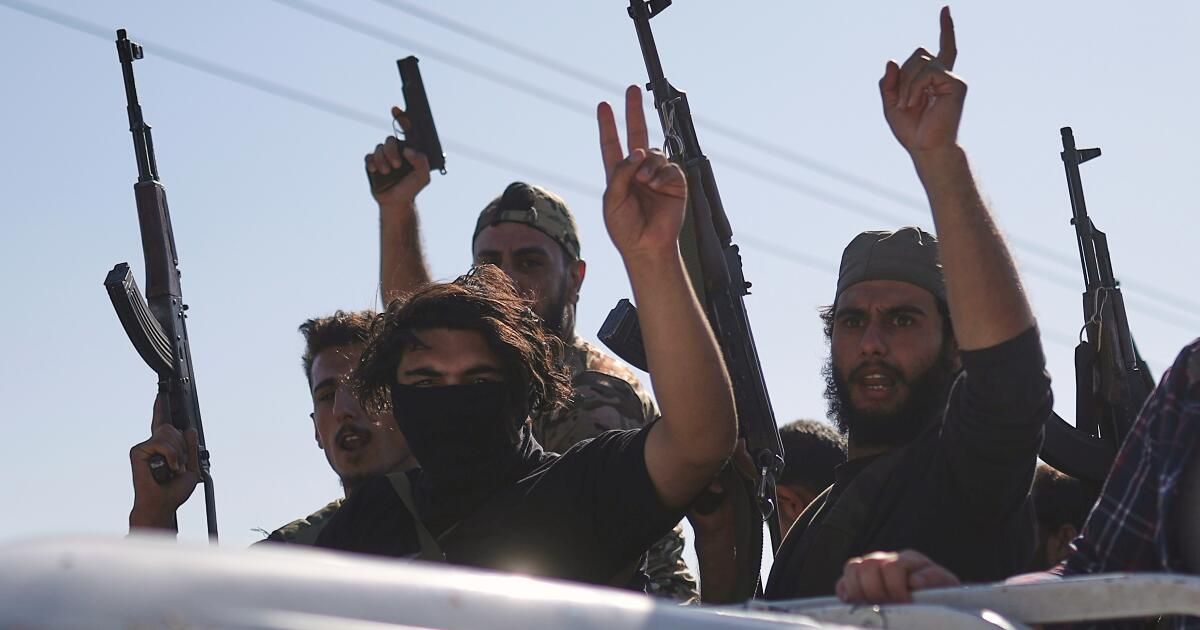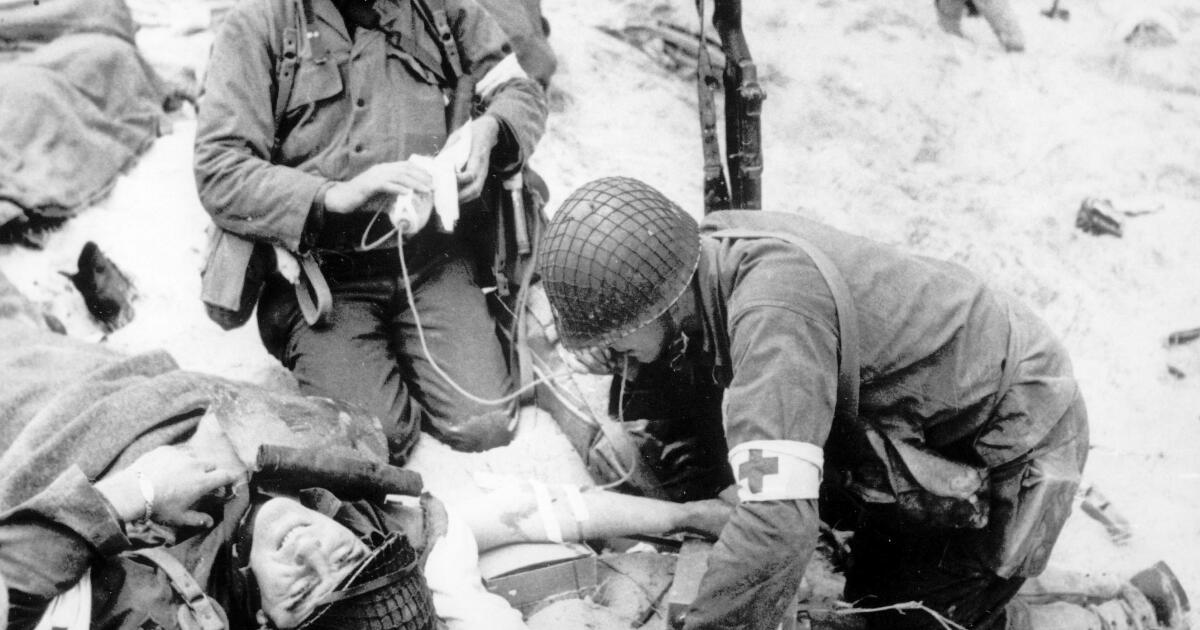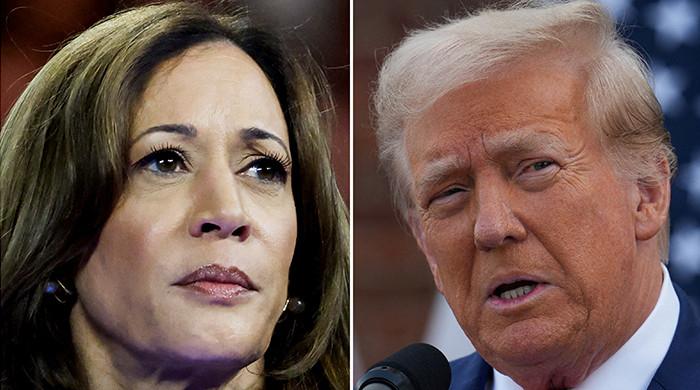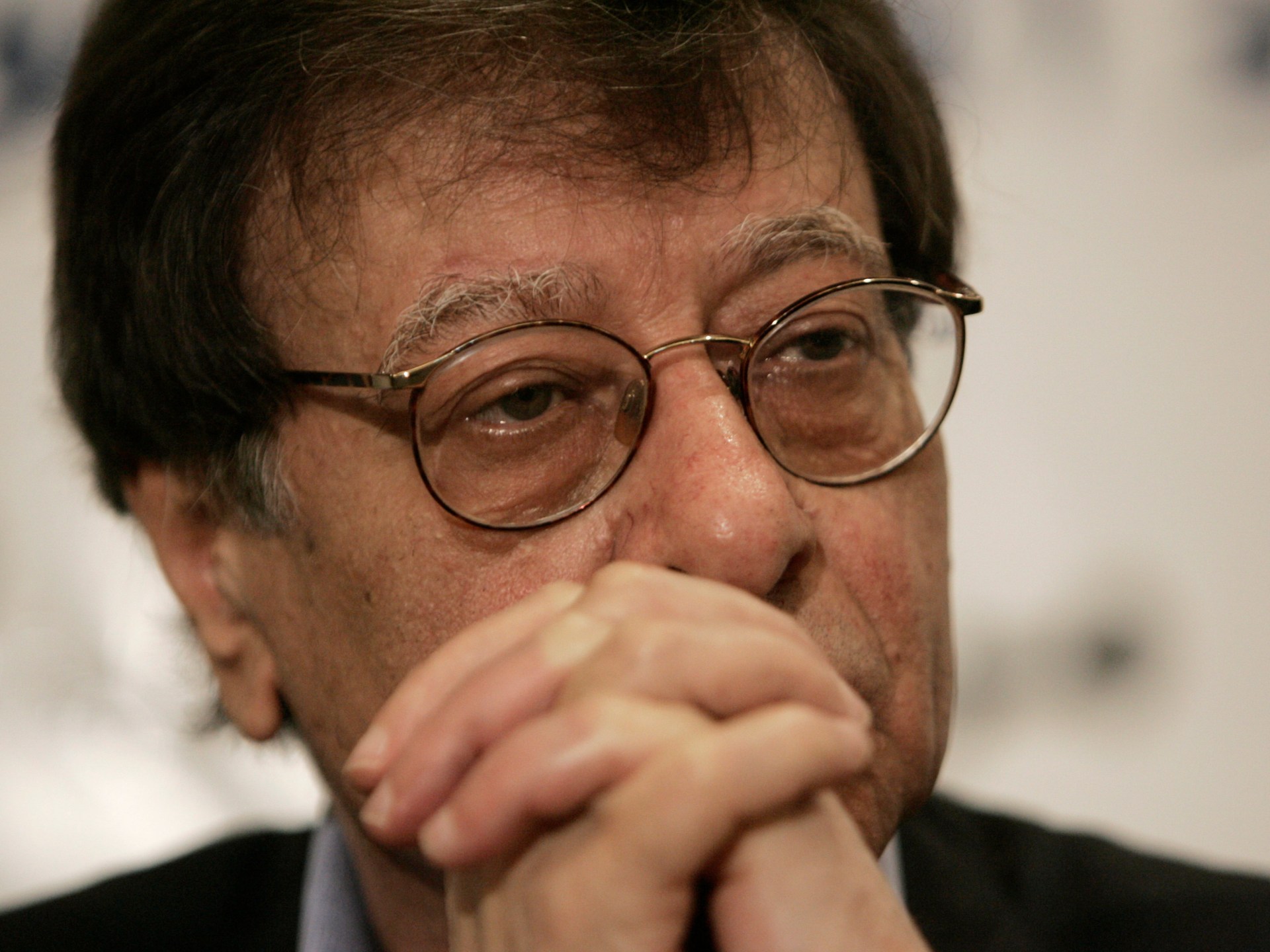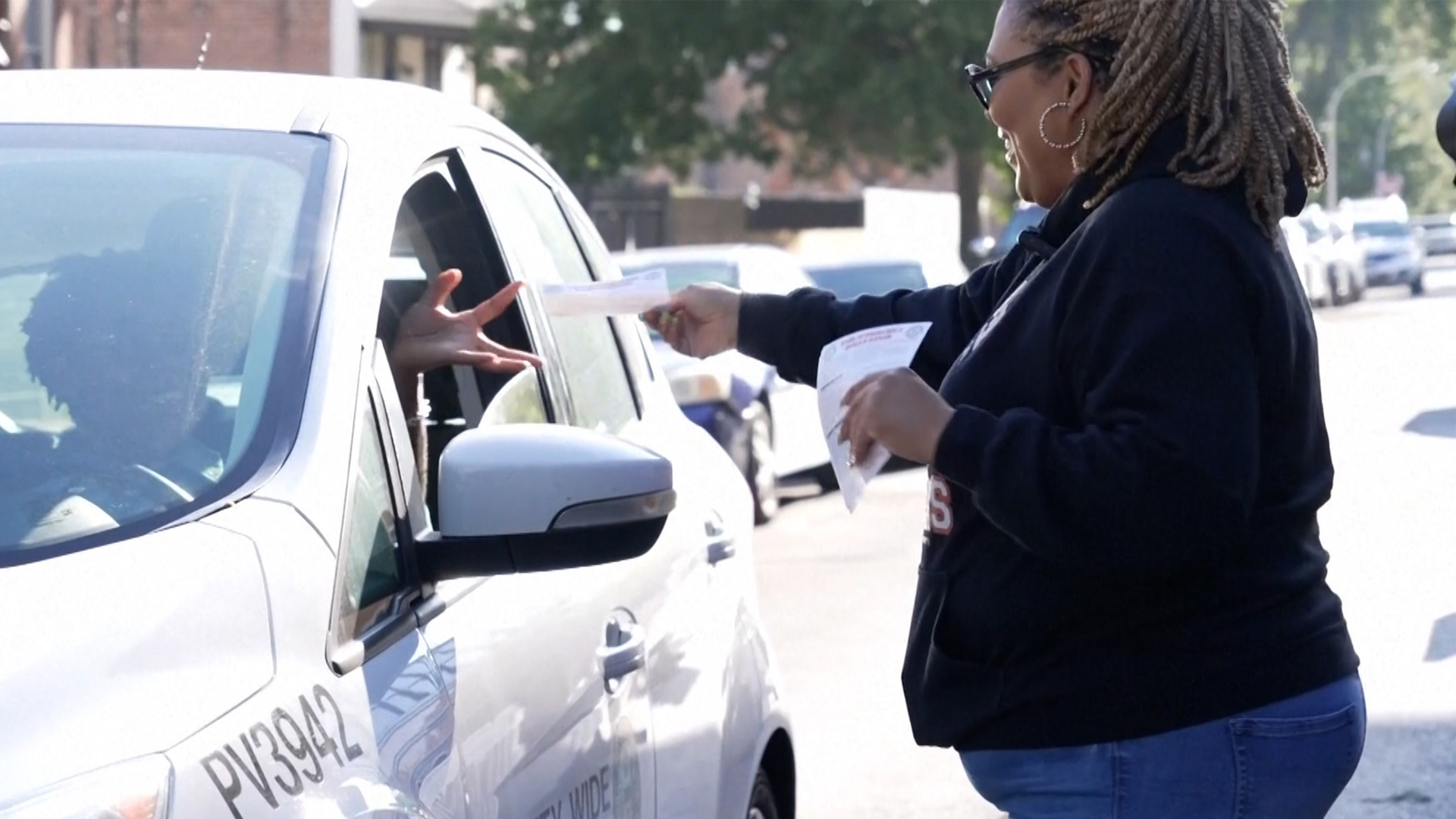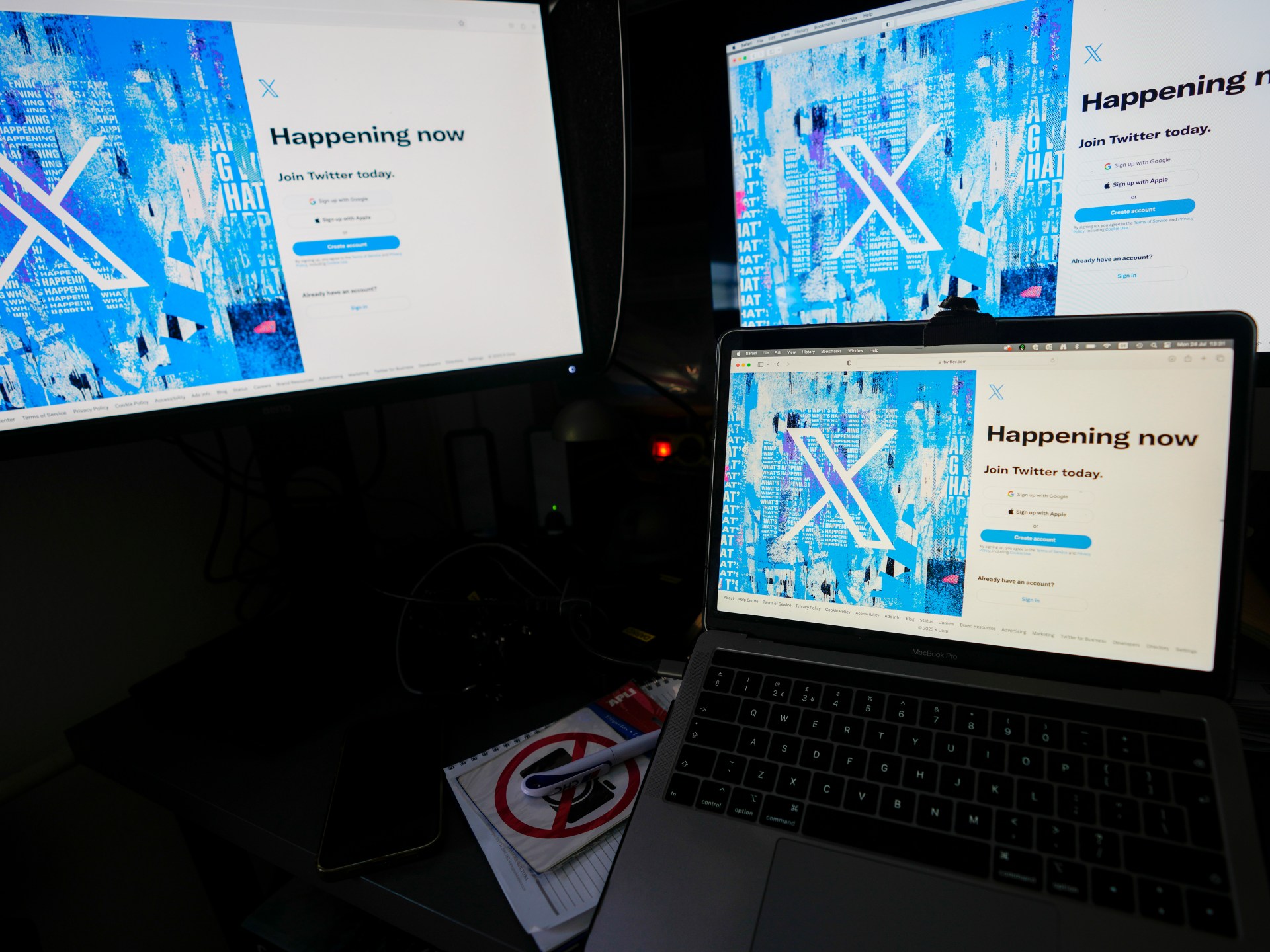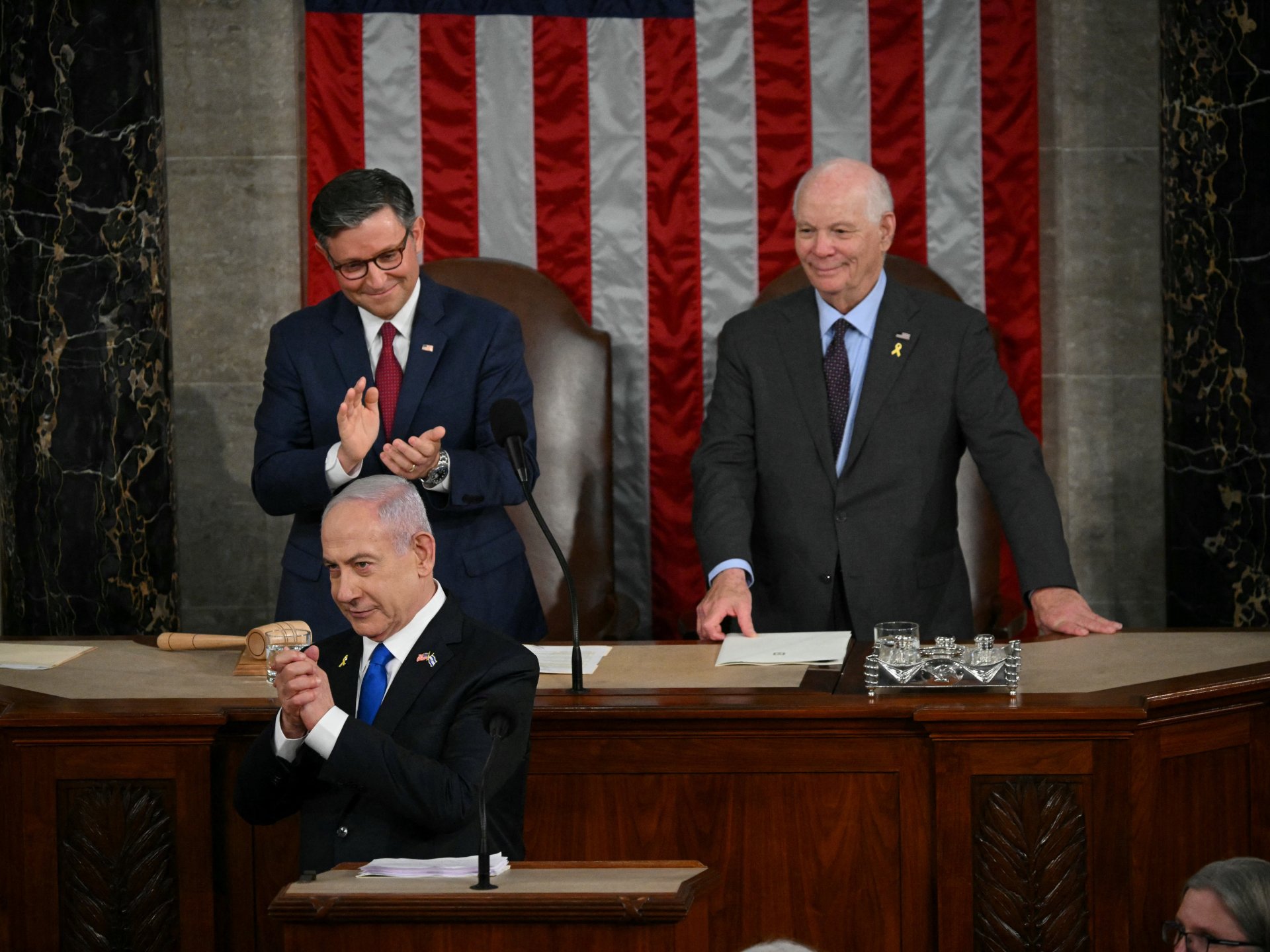Beirut – More than a week of sectarian blood spill in Syria has given way to a cautious truce, stopping a fight that led Israel to an unprecedented confrontation with the new authorities of Syria while asking new questions about whether these leaders can direct the country beyond the fractures of their 14 -year civil war.
The fight in Sweida, the province of the South that borders Jordan and near Israel, began last week among the militiamen of the religious minority Duse and the Sunni Muslim tribes. He soon entangled the forces of the Syrian government and Israel on a chaotic battlefield that saw hundreds of murders, some in revenge attacks fed with sectarian, and more than 128,000 people displaced before a high fire backed by the United States on Sunday was announced.
Violence underlines the challenges facing the government of President Ahmad al-Sharaa, a rebel politician whose armed faction led the expulsion of the Syrian dictator Bashar Assad in December. Since then, the government dominated by the Islamists of Al-Sharaa has fought to gain the confidence of minority communities in the country and failed to persuade the militias formed during the civil war to disarm or fall under the authority of Damascus.
Here is a breakdown of what is happening in Sweida and why many believe that the delicate recovery of the postwar period of Syria could derail.
How did clashes begin?
Before the fight broke out on July 13, the tensions were already high after a series of kidnappings and robberies between the Druse communities in Sweida and the nearby Beduine tribes.
As the riots became open conflicts that involved Drusas and Armed Bedouin militias, the government sent their strength to stop fighting. But some Druss leaders said the government helped the Bedouins; They also accused the security personnel aligned by the government of committing sectarian motivated alboros, looting and executions against Druss civilians.
Druze Militias launched a counterattack and took reprisals with a wave of murders and kidnappings against Beduine and civil combatants. Israel entered the fray with an air attack campaign aimed at Syria's security forces and tanks, as well as the headquarters of the Army and the Presidential Palace in Damascus, the capital.
The violence left approximately 1,260 dead, most of them fighters and civilians, according to the Syrian Observatory of Human Rights, a monitoring group based in Britain. He also said that government forces carried out summary executions. In the number of deaths, hundreds of state security personnel are included.
Who are the drusos?
The Druze, which constitutes approximately 3% of the population of Syria, are members of a syncretic religion that emerged in the eleventh century as a branch of Shiite Islam. There are approximately 1 million Druzos worldwide, more than half of them in Syria, and most of the rest in Lebanon, Israel and the Golán highs, which Israel has illegally occupied, according to international law, since 1967.
During the Civil War, Druze was not willing to ally with Assad, but distrusted the opposition, which was dominated by Sunni Line Islamist groups of a hard line, some of which saw Druze as unfaithful. Druse formed militias for protection.
When Assad fell, many Drusos celebrated. But some spiritual and militia leaders, such as other minority communities throughout the country, remained suspected of Al-Sharaa and its Islamist past, which once included affiliation with the Qaeda terrorist network. They resisted their calls to disarm and insisted that they would give power only to a representative government.
The waves of sectarian attacks have only reinforced their suspicions of Al-Sharaa: in March, the factions linked to the government massacred about 1,500 people, mainly from the Alauita sect, and in May, the clashes in areas of majority of the majority of the capital left 39 dead people.
How did Israel get involved?
Israel has rooted in the neighboring country since the fall of Assad, with combat planes that launched a large -scale attack to destroy the Arsenal of the Syrian army, even when the Israeli tanks and troops collapsed in Syria and commanded villages near the border.
Since then, he has consolidated his presence and has operated more and more deep in the Syrian territory, which justifies the movements as necessary for their safety and to detain armed groups, aligned to the government or by launching attacks against Israel from the Syrian territory.
Israel has also imposed what is in effect a demilitarized area on southern Syria, including Sweida, preventing the Syrian army from establishing its authority over the region.
Critics say that Israel is getting involved in a land to keep Syria a weak and fragmented neighbor.
Another reason for the intervention of Israel is its own Druse population, a vocal minority of approximately 145,000 people, some of which serve in the Israeli army. In recent months, Israeli troops have offered help to the communities of Syrian Druss. And when Sweida's struggles began, Israeli Drusos citizens demonstrated near the border, asking the Israeli army to protect their companions Druss in Syria.
Despite these oberturas, many Syrian Druss fear the growing presence of Israel in their areas and have sought a diplomatic resolution to their differences with the Syrian government. Others, such as Hikmat al-Hijri, an influential spiritual leader of Druss opposite to Al-Sharaa, have repeatedly requested foreign protection.
What is happening with the high fire?
Hours after the high fire entered into force on Sunday night, the Syrian government evacuated some 1,500 members of the Beduine family trapped in the city of Sweida. Druss civilians should be evacuated at a later time. Other phases of the truce will see the release of detained Beduine combatants and the bodies of Bedouins killed in the fight.
Is the United States playing a role?
The United States was involved in negotiating fire. In more general terms, Trump administration officials have supported Al-Sharaa, raising the sanctions of years that had drowned the country's economy and spending diplomatic contacts with Israel.
Speaking to journalists on Monday in Beirut, the Lebanese capital, sent from the United States to Syria Tom Barrack, said that Syrian authorities had to account for violations, but “they must also receive responsibility for that” is theirs.
Previously, in an interview with Associated Press, he deplored the murders, but said that the Syrian government was acting “as best [it] It can as a nascent government with very few resources to address the multiplicity of the problems that arise in trying to unite a diverse society. “
He also suggested that Israel was not interested in seeing a strong Syria.
“Strong national states are a threat. Especially, Arab states are seen as a threat to Israel,” he said. But in Syria, he said: “I think that all minority communities are intelligent enough to say: 'We are better together, centralized.”

